Joey Austria finished his BS Forestry in 1979. Soon after graduation, he joined the Department of Environment and Natural Resources (DENR)-Philippines, where he is currently a Community Development Officer in the Special Concerns Office. He assumes the presidency of the UPVL Alumni Association (UPVAA) this year.

Joey Austria in his office at the Department of Environment and Natural Resources, Philippines.
When did you enter the UP Varrons? 1976
What is your batch name/year? Montreal ’76-B
What’s the significance of the name?
Our initiation period (July) was also the time of the Summer Olympics in Montreal, Canada. The first two choices were Mahogany and Skyflakes.
What part of the Philippines did you come from? Northern Philippines (Bayambang, Pangasinan)
How did you know about the organization?
I first came to know about the UPVL during my senior year in high school through materials about UPLB. I was intrigued by the word “Limited” attached to it. I forgot all about it until I finally entered UPLB in June 1974. Unlike many forestry students, I decided to stay in the lower campus (UPLB Men’s Dorm). During my school classes in the upper campus, I was approached and invited by several Varrons but I declined for one reason or another. During my Biology class in the lower campus, I came to know that one of my blockmates (Bernie Mendoza) and laboratory professor (Adelina Adato-Barrion) were Varrons.
Why did you join?
I finally joined the UPVL in 1976 after I became closely related with Vrod Manny Marquez who was my co-meals boardmate in the forestry campus. Several other Varrons were instrumental in finally recruiting me, namely Vrod Ted Villanueva and Sis Mutya Quintos-Manalo. This was after me and another of my blockmates (Vrod Benjie Valera) were invited several times to the Varrons Den (Vrod Doc Bonita’s residence) and Varron sports activities (usually in the company of the late Vrod Eloy Bonita). Through Manny Marquez’ kakulitan, Benjie and I decided to try to join the Varrons. In essence, my joining the Varrons was not a spur of the moment or due to a bandwagon syndrome decision. Please note that I joined the UPVL during the first semester of my third year. For the two years that I was not affiliated to any campus organization, I was free to mingle with anyone and any group. This gave me the opportunity to evaluate which organization I should REALLY join. The activism in the lower campus, the camaraderie in the upper campus and the academic excellence in both campuses were the main factors why I joined the Varrons.
What career are your pursuing now?
I was able to fully practice my forestry profession in the government service from 1979 to 1986. From 1986 to the present, I have been working on issues concerning the rights and welfare of Indigenous Peoples vis-à-vis environment and natural resources management. In the late 80s, if you were with the government, working with Indigenous Peoples was not an attractive and financially-rewarding endeavor. During those years, the cause of the Indigenous Peoples was supported mainly by non-government organizations. Despite the many discouraging remarks from colleagues within and outside the forestry profession, I persisted to work as I do right now. I think I am the first government forester to internalize the concerns of Indigenous People and do something about it. Right now, I am into Social Mobilization concerning environmental protection and sustainable developmnent issues and initiatives that involve various sectors such as non-government organizations, people’s organizations, indigenous people, youth and students, farmers, fisherfolk, urban poor, upland farmers, people with disabilities, women’s groups, transport industry, business sector, local government units, academe, national government agencies, and others.
Does being a Varron help you in any way?
In many ways, yes. The Varrons pledge composed of meaningful five sentences has greatly influenced me in the work that I have concentrated on.
What are the plans and activities of the UPVAA?
For any organization to be able to make a difference, it should have a cohesive and strong membership. In the case of the Varrons alumni, this has not been the case because post-college contacts were limited to those members in a given batch, adjacent batches or school year. There were many instances that Varrons did not know each other despite working together in different programs and projects in diversified capacities. This has been made worse by the fact that lower and upper campus interaction – college and post-college-wise – were limited to few instances only. It is for this reason that the current UPVAA Board has placed priority in the updating the database of members from 1962 to the present. The formation of the Yahoo! Egroup in 2003 by Varrons based in North America is a good start. Its rapid expansion that started in December 2006 when Vrod Edmund Sana came on board is a good sign. Right now, we are trying our best to expand the egroup membership to the entire Varrons family. With a members knowing each other well and interacting personally and virtually, group and even individual initiatives can be better planned and implemented.
What is your vision for the UPVAA?
First, as a group to reckon with in the UPLB (University of the Philippines at Los Baños) community; and second, a group to reckon with in the Philippine society.
How do you envision the organization 10 years from now?
UP Varrons will be more cohesive, have an effective communication system and be doing activities beyond the UPLB community.
Last Updated on October 12, 2016 by Tudla_Admin


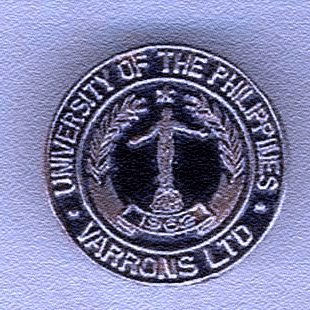

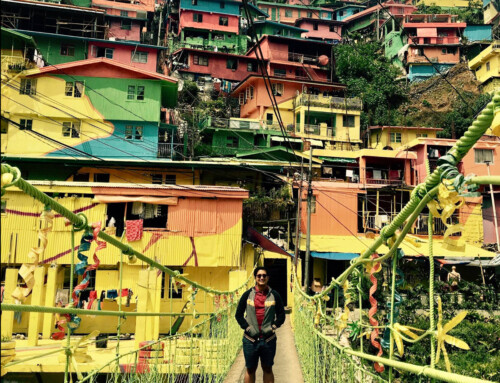

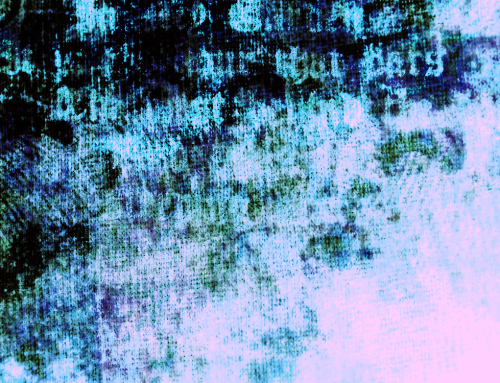

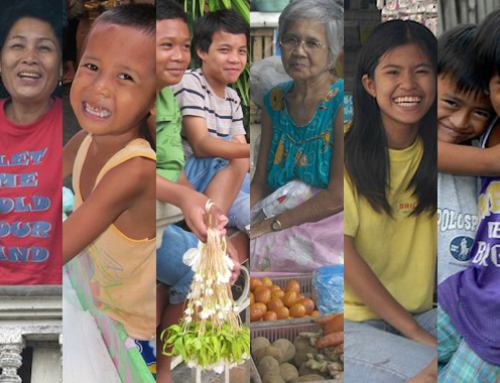
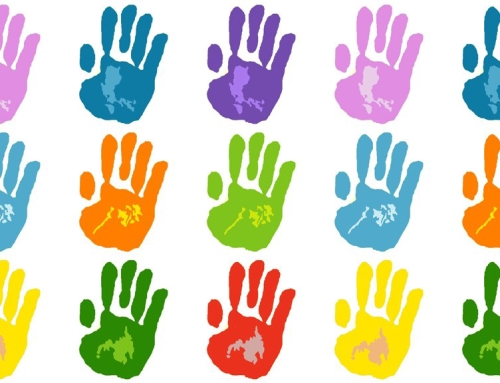
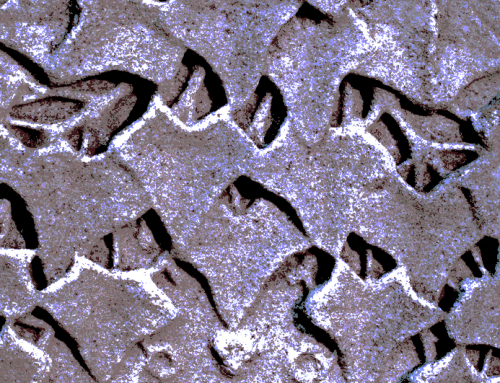
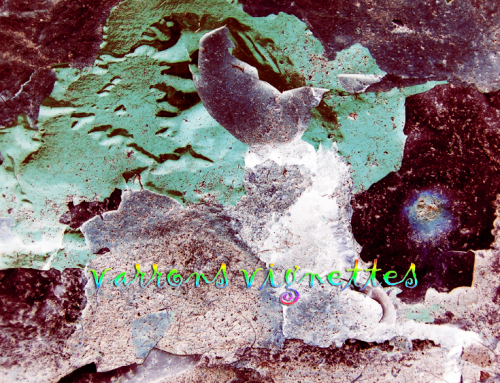
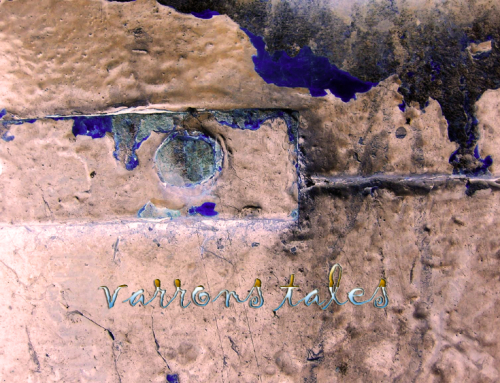
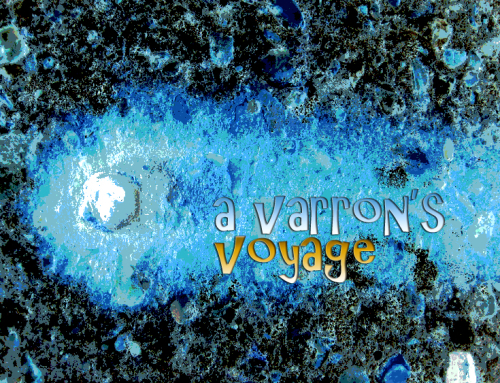
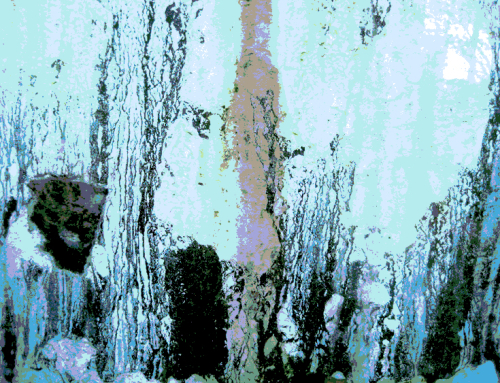
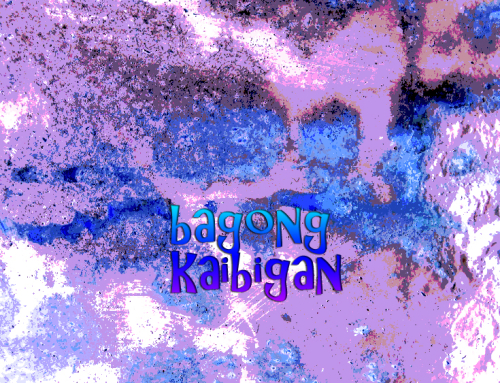
Leave A Comment